-
-
Services
Reservation Services
VIP Services
-
Business Travel
-
About Iran
History of Tehran
Tehran, the vibrant capital of Iran, has a fascinating history that dates back many centuries. Although it was once a small village overshadowed by the historic city of Rey, Tehran rose to prominence in the late 18th century when it was chosen as the capital by the Qajar dynasty. Since then, the city has grown into a cultural, political, and economic center, blending traditional Persian heritage with modern development. Today, Tehran stands as a city of contrasts, where ancient monuments and bustling bazaars coexist with contemporary architecture and urban life.
Cultural and Historical Attractions
Tehran is home to some of Iran’s most important historical and cultural landmarks. The Golestan Palace, a UNESCO World Heritage Site, showcases the elegance of Qajar architecture with its intricate tile work and lush gardens. The National Museum of Iran preserves artifacts that tell the story of Persian civilization from prehistoric times to the Islamic era. Visitors can also explore the Grand Bazaar of Tehran, a lively marketplace that has been at the heart of trade and social life for centuries. These landmarks provide a window into Iran’s rich history and artistic achievements.
Modern Attractions and City Life
Beyond its historical treasures, Tehran offers a wide range of modern attractions and experiences. The Milad Tower and Azadi Tower have become iconic symbols of the city, while the Niavaran Palace Complex and Sa’dabad Complex highlight the lifestyle of Iran’s former royal families. Nature lovers can escape to the Darband and Tochal mountains for hiking and fresh air, only minutes away from the city center. With its museums, galleries, parks, and vibrant neighborhoods, Tehran invites travelers to experience a unique combination of tradition, history, and modern urban energy.

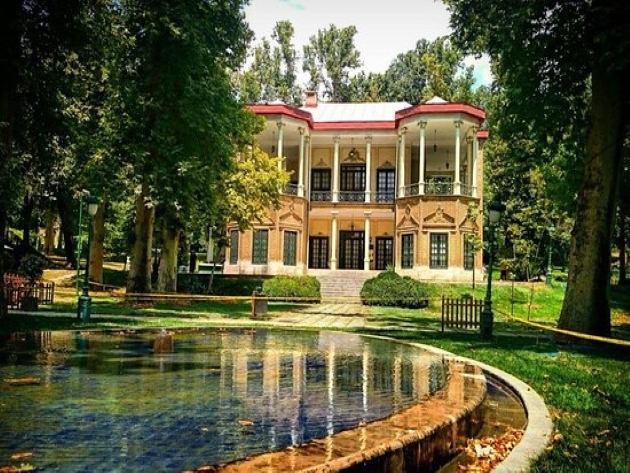
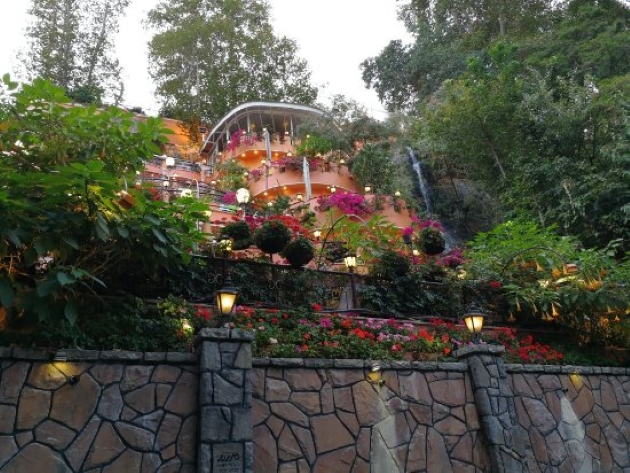

Sa’dabad Palace Complex is one of Tehran’s most famous cultural and historical landmarks. Built during the Qajar and Pahlavi dynasties, it includes more than a dozen palaces set in a vast green area at the foot of the Alborz Mountains. Each palace reflects unique Iranian and European architectural styles, decorated with beautiful paintings, antiques, and royal belongings. Today, Sa’dabad serves as a museum complex where visitors can explore the lifestyle of Iran’s royalty, admire exquisite art collections, and enjoy the serene gardens. It is a perfect destination for history and culture enthusiasts visiting Tehran.
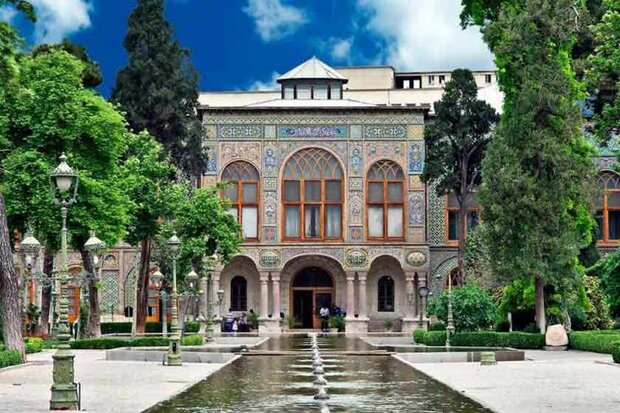
Golestan Palace, located in the heart of Tehran, is one of the oldest historic monuments in the city and a UNESCO World Heritage Site. Originally built during the Safavid era and later expanded by the Qajar dynasty, the palace combines traditional Persian architecture with European influences. Its stunning halls, mirrored decorations, colorful tilework, and lush gardens reflect the grandeur of Iran’s royal history. Today, Golestan Palace serves as a museum complex where visitors can explore royal collections, ceremonial halls, and treasures of art and craftsmanship. It is a must-see landmark for anyone interested in Iran’s rich cultural heritage.
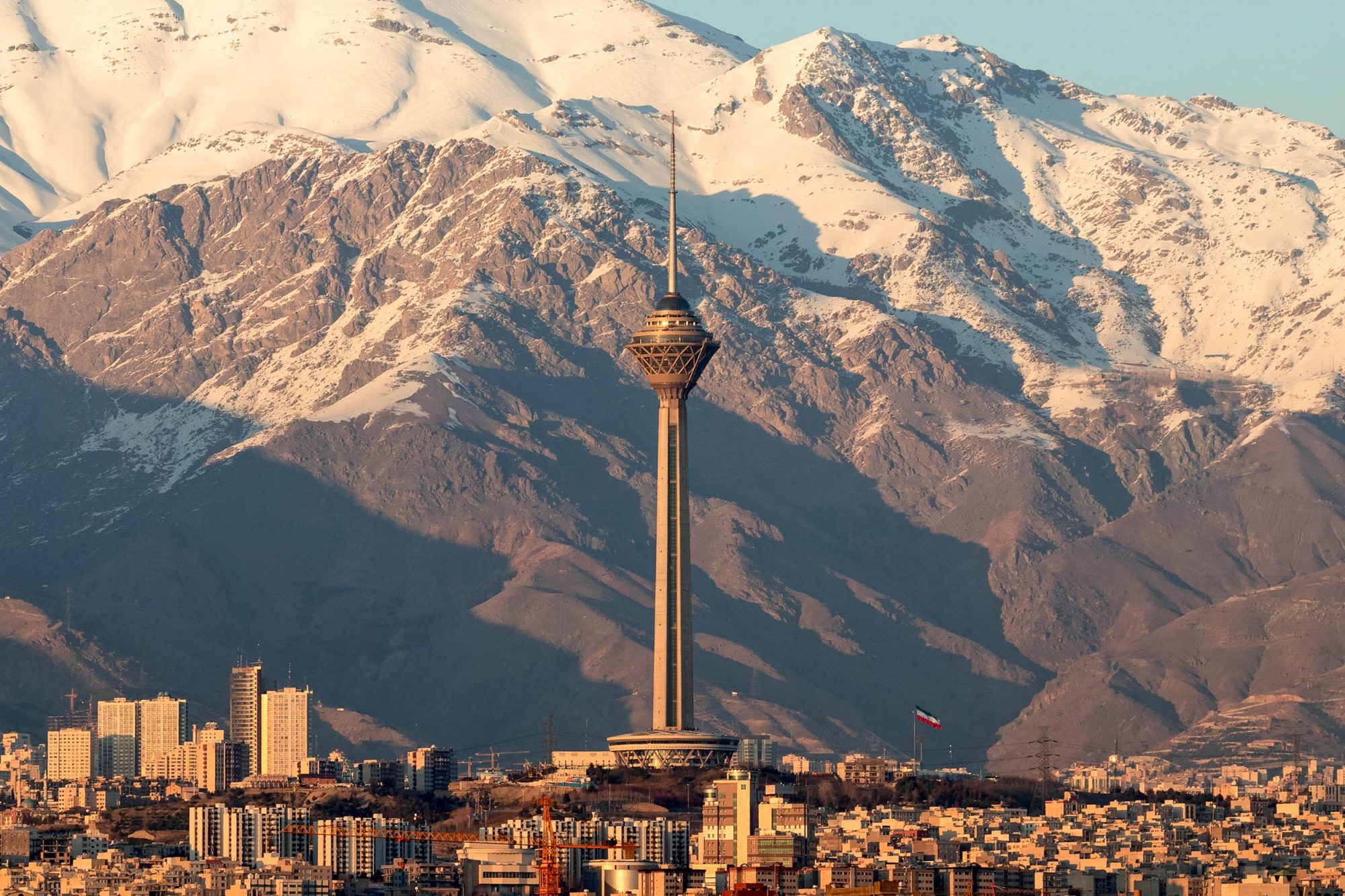
Milad Tower is the tallest tower in Iran and one of the city’s most iconic landmarks, rising 435 meters above Tehran. Completed in 2007, it serves as a multi-purpose complex with a telecommunications center, conference halls, restaurants, and observation decks offering panoramic views of the capital and the Alborz Mountains. The tower’s modern design symbolizes Tehran’s growth and progress, while its cultural exhibitions, sky dome, and revolving restaurant make it a popular destination for both locals and international visitors.

Tehran Grand Bazaar is one of the largest and most vibrant traditional markets in Iran, located in the historic heart of the capital. Stretching over 10 kilometers of covered passageways, it has been a center of commerce for centuries. The bazaar is divided into sections, each dedicated to goods such as carpets, spices, jewelry, handicrafts, and textiles. Its bustling atmosphere, traditional architecture, and authentic shops offer visitors a true glimpse into Iranian culture and daily life. Beyond shopping, the bazaar is also home to historic mosques, caravanserais, and teahouses, making it both a cultural and commercial hub.
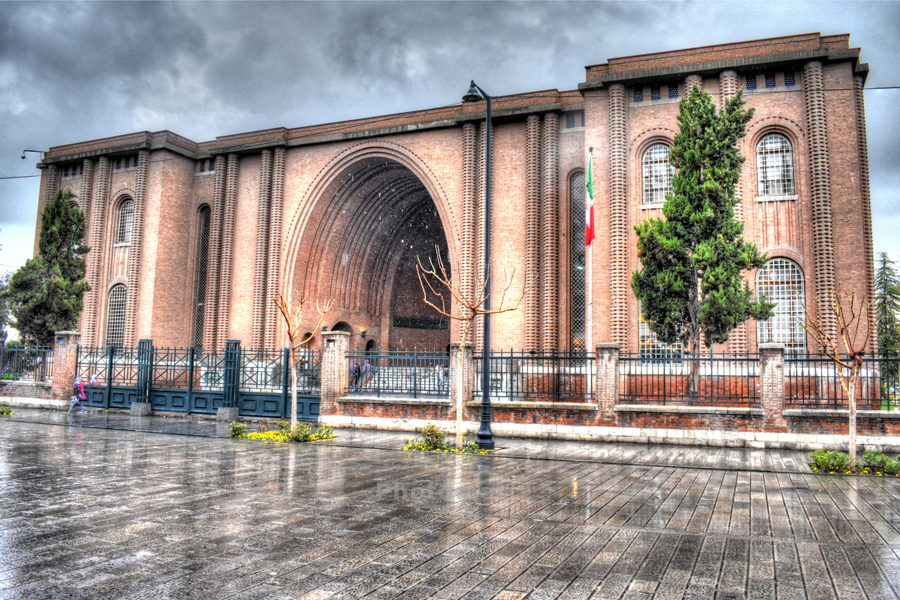
The National Museum of Iran, located in Tehran, is the country’s most important archaeological and historical museum. Established in 1937, it houses priceless collections from prehistoric times to the Islamic era. Visitors can explore ancient artifacts, pottery, coins, inscriptions, and masterpieces from civilizations such as Elamite, Achaemenid, Parthian, and Sassanid. The museum also preserves exquisite Islamic art, manuscripts, and calligraphy. With its rich collections and elegant architecture, the National Museum is a must-visit destination for those who want to discover Iran’s deep history and cultural heritage.
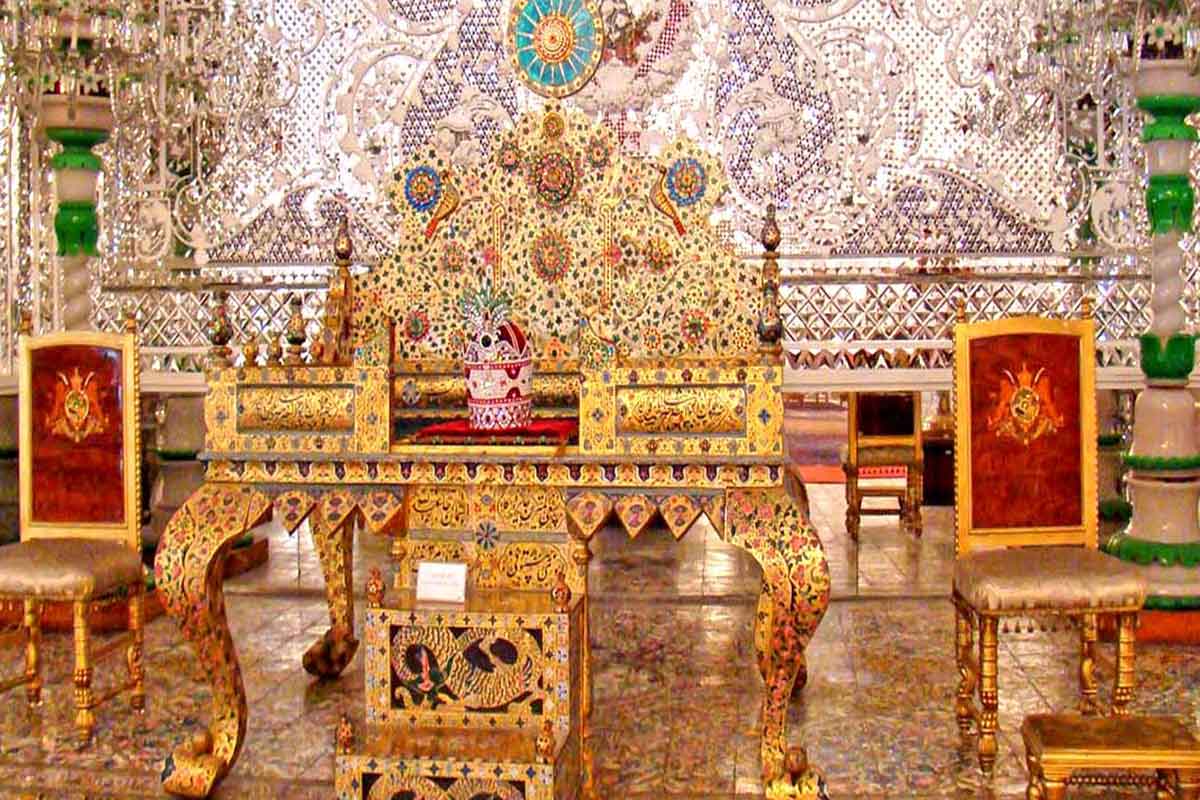
The National Jewelry Museum of Iran, located in Tehran, is one of the most dazzling museums in the world. It houses a priceless collection of royal jewels, crowns, thrones, tiaras, and treasures gathered by Persian kings throughout history. Among its highlights are the famous Darya-i-Noor diamond, one of the largest pink diamonds in the world, and the magnificent Peacock Throne. The museum showcases centuries of craftsmanship, luxury, and power, offering visitors a unique opportunity to witness Iran’s royal heritage and some of the most extraordinary jewels on earth.
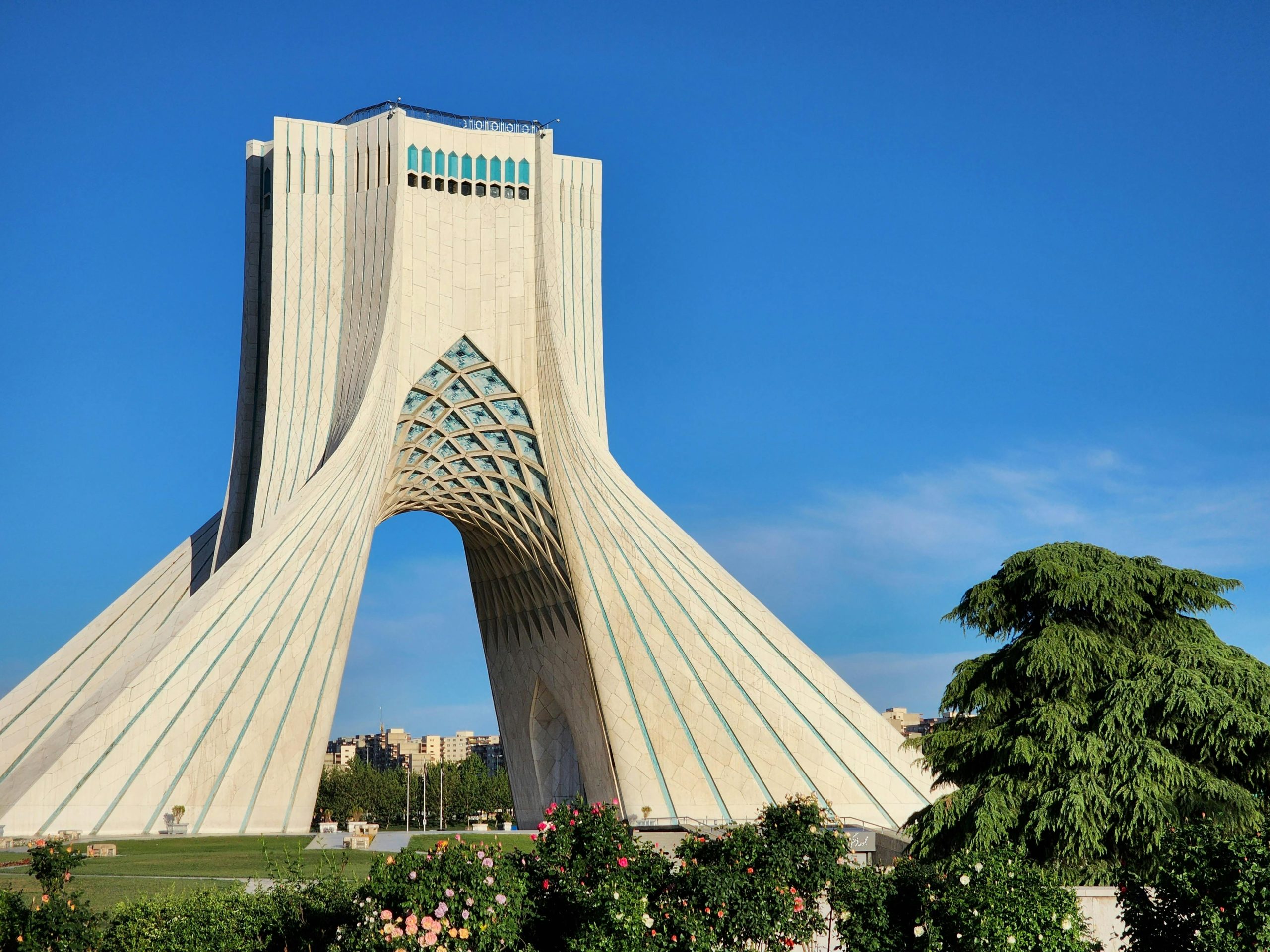
Azadi Tower, located in Tehran, is one of Iran’s most iconic landmarks and a symbol of the capital city. Built in 1971 to commemorate the 2,500th anniversary of the Persian Empire, its unique design combines modern architecture with traditional Persian elements. The tower stands at 45 meters and is surrounded by a beautiful square and fountains. Inside, visitors can explore a museum showcasing Iran’s history, culture, and art. Azadi Tower is not only a popular tourist attraction but also a cultural symbol representing Tehran’s heritage and pride.
+989301903026
+982166126539
Info@Rosha.Travel
Saturday - Thursday 09 Am – 05 Pm
Iran, Tehran, End of Keshavarz Blvd, Corner of Ghajar Alley, North Jamalzadeh St, No. 528, Unit 4, 2nd Floor